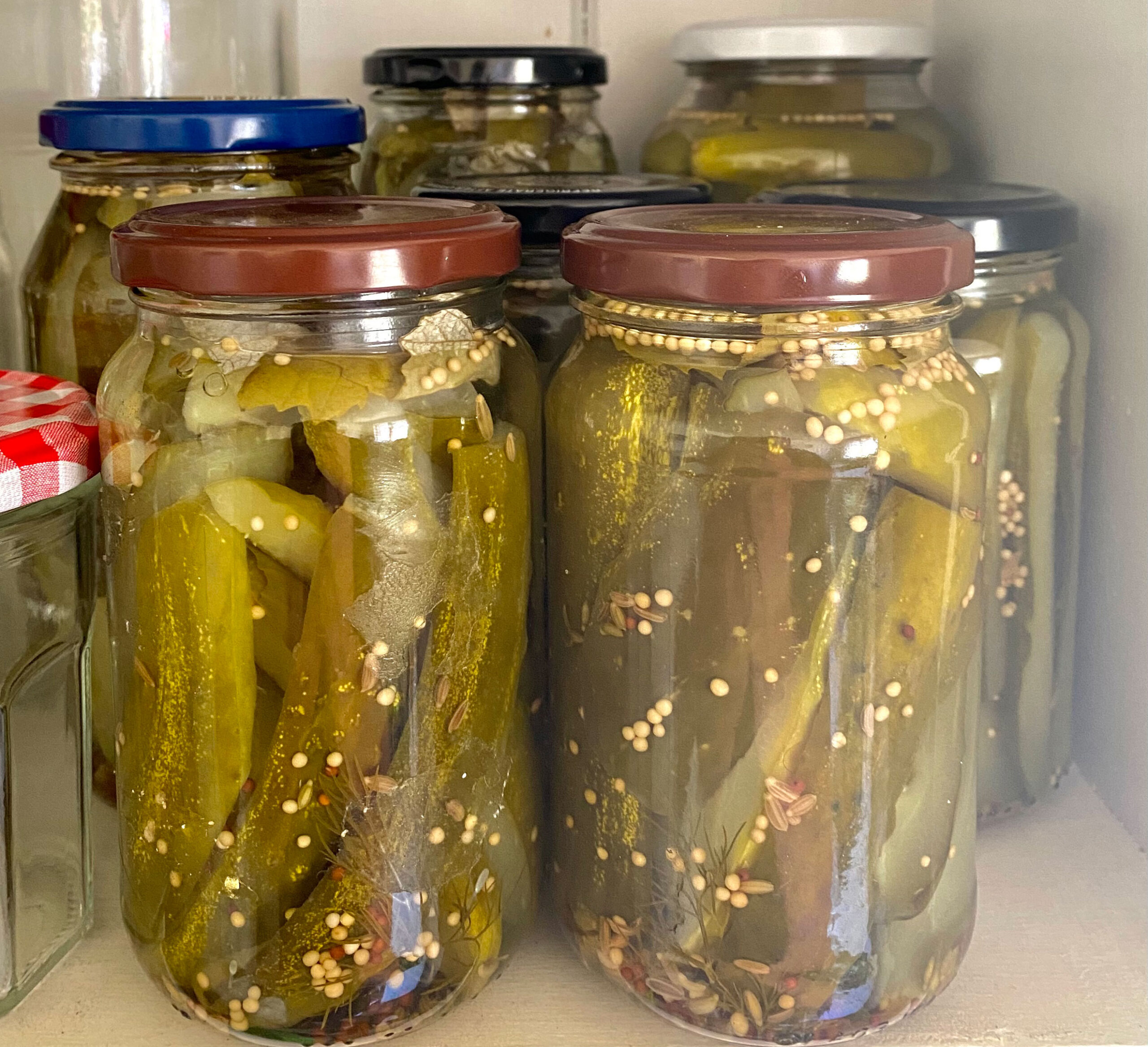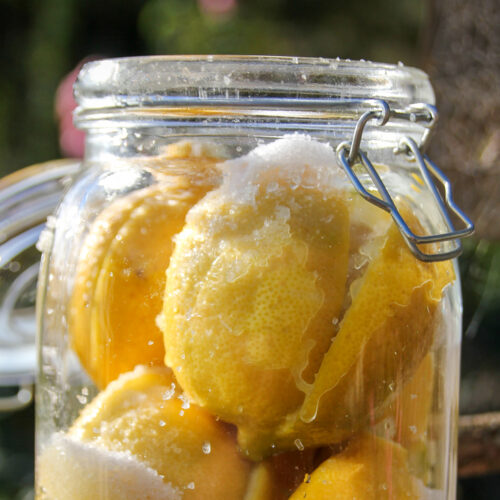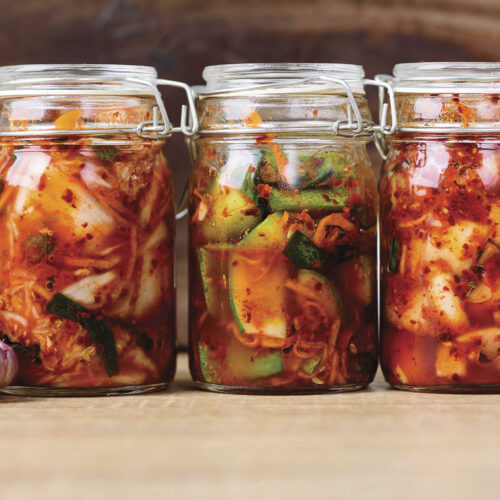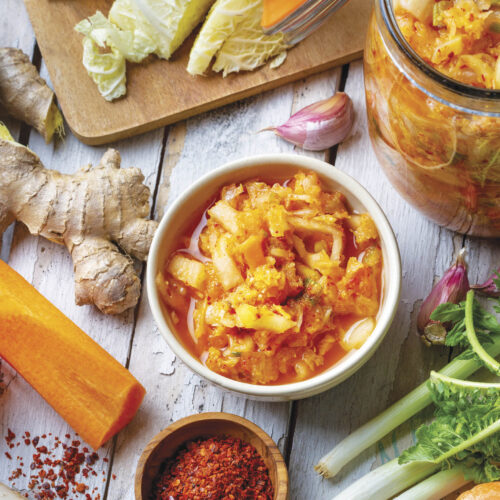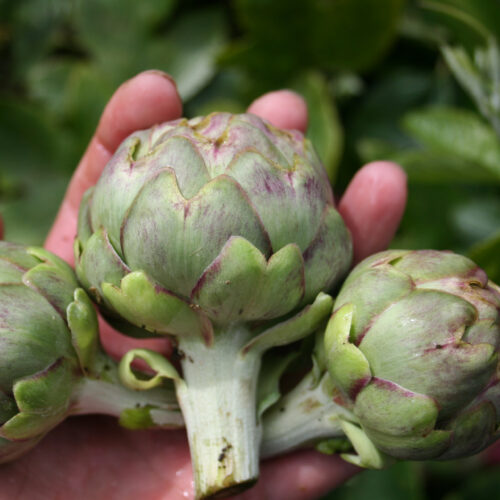Pickled gherkins
2020-12-01T04:23:39+11:00
Experiencing a cucumber glut in your garden? That's not such a bad thing, even if you have heaps in your patch. Our advice? Start pickling!
It doesn’t take many cucumber plants to produce a glut. So far this season, my six gherkin cucumber plants have produced around three kilos of fruit, each about the size of short sausage. That’s a lot of gherkins, but trust me, a lot of gherkins is a good thing when you have a taste for pickles.
I enjoy eating fresh cucumbers, especially in a salad like fattoush, but what really floats my culinary boat is pickled cucumbers. Whether they’re larger cukes sliced into rounds and pickled Swedish style or the aforementioned gherkins sliced lengthways and stuffed into reused jars, I’ve got a thing for slightly sweet, slightly sour, slightly salty and herb infused flavours.
These flavours are pickling in their essence. The whole idea is to preserve food for later. To do that, it’s vital to inhibit the growth of bacteria, which can not only spoil the preserve but make an unaware eater very ill, or in a worst case scenario, very dead. A pickling solution containing acid, sugar and salt resist bacterial contamination even more effectively than Donald Trump resists wearing a face mask.
There’s two ways to achieve such a solution. One is through fermentation, a process that produces lactic acid as the main preservative. The other is to make up a pickling solution in a pot on the stovetop. Here’s the basic recipe I used for my latest batch.
1kg gherkins
2 teaspon fennel seeds
2 teaspoon mustard seeds
4 cups white vinegar
2 cups sugar
2 tbsp salt
1 handful of fresh dill
Half a dozen small grape leaves
Cut the gherkins into strips (or leave whole if they’re finger size) and remove any seeds. Place the strips in a pot, cover them with boiling water, and leave them to stand until the water is cool. This reduces any bitterness in the fruit and helps semi-cook them, enhancing the preserving process. When cool pack the strips into sterilised jars, along with a sprig or two of dill for flavour.
Combine the remaining ingredients in a large saucepan, bring to the boil, then pour the hot solution into the jars, ensuring the fruit is completely covered. Top the jars with a grape leaf (the tannins in the leaf help keep the gherkins crisp and also act as a preservative) then seal with sterilised lids. Invert the jars for a few minutes while they’re hot, then tip them right way up, and store in a cool, dark place. Leave them for a few weeks before cracking open a jar as a snack on a sunny autumn afternoon. The remainder, if they avoid being eaten for long enough, should keep for a year or so.
Here’s some more articles to help you make the most of your harvest:

